Excerpt : 1
Under the Pole Star, atop Mount Kailas, that mountain of stone covered with snow, the sun of curiosity blazed bright causing the ice to melt and rivers of wisdom to flow. Shakti kept asking questions until Shiva broke his silence and revealed how the layers of the body may connect with the layers of the world and become a single fabric, unknotted, uncrumpled, joyful.
The serpent around Shiva's neck overheard this conversation that caused him to sproutmany heads and hands; he eventually acquired human form and became known as Patanjali and shared this knowledge with the world.

Yoga secrets revealed
This same knowledge was overheard and transmitted by a fish, who became a man called Matsyendra. This same knowledge was carried south by Agastya, who also took with him the mountains and rivers from the north, as well his beautiful wife, the rishika and yogini known as Lopamudra. Saraswati gave this knowledge to Brahma and it was overheard by a goose, who transformed from Hamsa to Param-hamsa when it shared the knowledge with the Sapta Rishis, the seven sages of the celestial sphere, who then shared it with devas as well as asuras. Vishnu shared it with Lakshmi on the ocean of milk. As a fish, he also shared it with Manu, the leader of men. Sita gave this same knowledge to Ram, when he sat on this throne and it was overheard and transmitted by Hanuman. Radha gave it to Krishna, enabling him to let go of Madhu-van and move to Mathura and fulfil his destiny. Krishna, in turn, gave it on the battleground to Arjuna, enabling him to fight without anger in Kurukshetra. The hermit Dattatreya discovered this knowledge everywhere: in rocks and rivers, in trees and animals, in the behaviour of men and of women. So did the Jinas. So did the Buddhas. This knowledge is known as 'yoga'. And these stories, yoga mythology.
Before we delve deeper into yoga mythology, let us first understand what yoga is, and what mythology is.
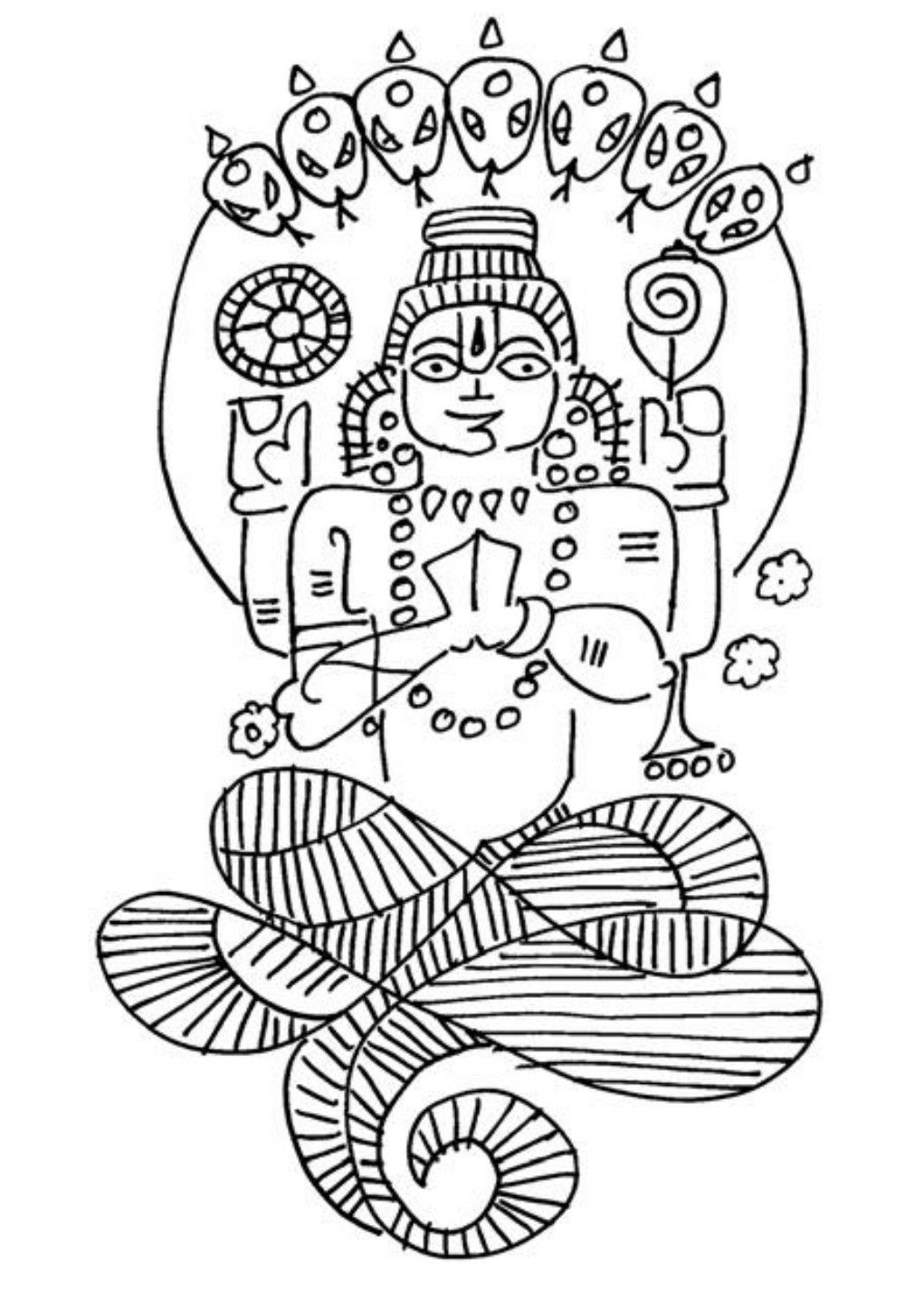
Patanjali
What is Yoga?
Every day in the morning, women in traditional India use rice flour to create patterns known as kolam or rangoli on the floor just outside their house. Dots are joined with lines, reminding us how connecting stars to create constellations helps us understand the sky. Likewise, connecting data creates information, connecting parts creates the whole, and joining the limited helps us explore the limitless. This household ritual is a metaphor for yoga.
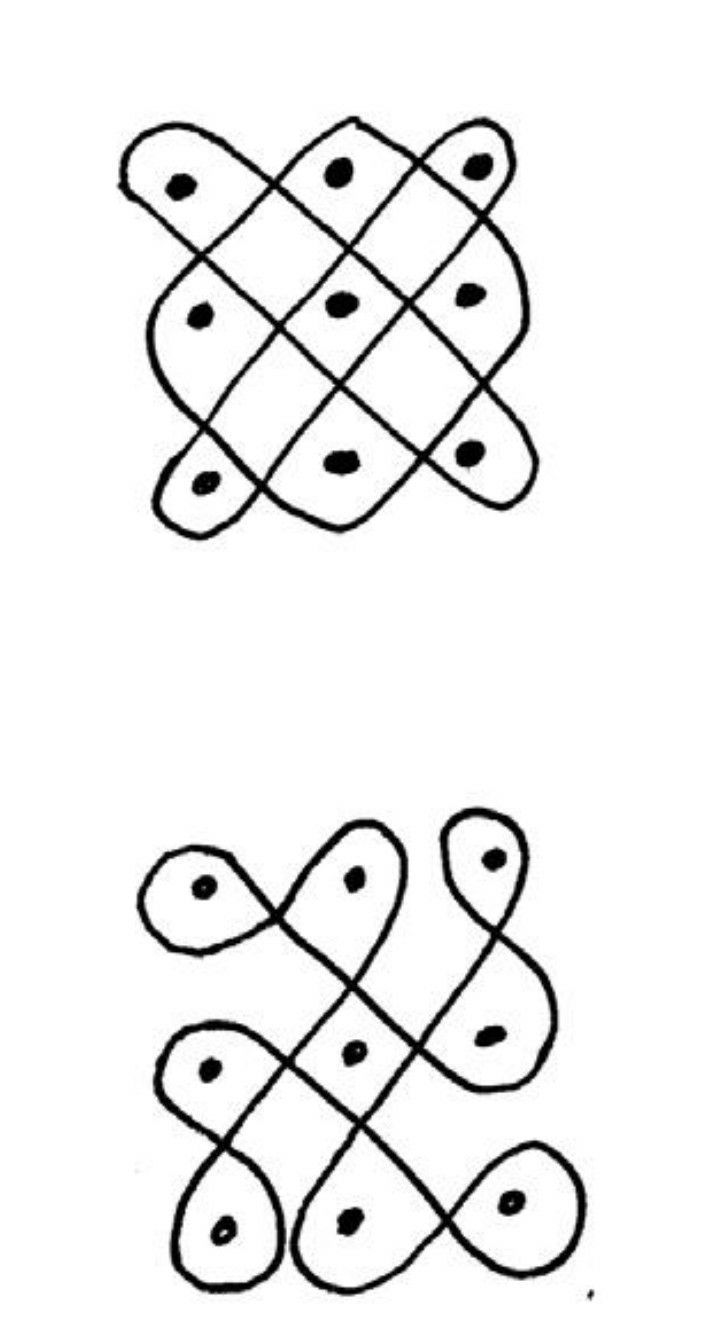
Kolam
The simplest meaning of yoga (often
pronounced 'joga' by many Indians) is alignment. This alignment can be between two parts of the body, two objects or two concepts. In Indian astrology, or jyotisha-shastra, for example, when stars and planets are aligned in a particular way to create a beneficial pattern, the word 'yoga' or 'joga' is used to describe it. The same word is used in social contexts for the coming together of seemingly unaligned things to bring about success. A person who aligns things that are seemingly unaligned in order to get things done is deemed 'jugadu', or 'jogadu' (in Odia, a language from east India), which means a resourceful person, though the word is sometimes used pejoratively for a fixer. The yogi, or jogi, and the yogini, or jogini, were those who aligned seemingly misaligned forces to get things done. That is what made a yogi 'yogya', or worthy.
Depending on the context, yoga has come to have different meanings: alignment of the mind with the body, or of breath and mind, or of mind, breath and body, or simply between different body parts. It could be harmony between the front and back, the left and the right sides, or the upper and lower parts of the body. Some might say it is a connection of the individual with society; others, the connection between two human beings, whether husband and wife, parent and child, teacher and student, or friends. In a religious context, one would say it is the connection between the devotee and the deity.
Various adjectives are now used to describe how this connection is achieved. For example, 'karma yoga' deals with connecting through action, where our individual activity is aligned to a larger social goal; 'bhakti yoga' deals with connecting through emotions, with a person or a personal deity; 'gyan yoga' is more intellectual; 'hatha yoga' more physical; 'tantra yoga' favours rituals and symbols.
Patanjali, author of the Yoga-sutra, organized various yogic techniques in a systematic way. His eight-fold (ashtanga) yoga, also known as the royal (raja) yoga, reveals a very traditional Indian understanding of the human body as a series of concentric containers, with the social container (karana sharira) outside the physical (sthula sharira), and the psychological (sukshma sharira) inside the physical. Within the psychological container resides the immortal soul (atma) that animates us. It is called the resident (dehi) of the body (deha), and is an extension of the boundless container that contains the cosmos (param-atma).

Inner connections
Many use words like 'astral body' for the karana sharira. But this manifests as the social body, which is based on all things we attract to ourselves naturally because of reactions to past actions (karma), or bring into our lives through
our present actions (also karma). In Indian mythology, karma is believed to shape the circumstances of our life, both voluntary and involuntary. Also, in Buddhism, the atma is not an eternal entity but a creation of our psychological body. Atma is referred to as 'jiva' in Jainism.
The sequence of eight (ashta) limbs (anga) in the Yoga-sutra becomes a journey from the outside to the inside. So, there is Yama, Niyama, Asana, Pranayama, Pratyahara, Dharana, Dhyana and Samadhi.
Yama deals with social aspects of life, our relationships with others. Niyama is more individualistic, having to do with our relationship with our self. Asanas are the postures that are the most popular visible form of yoga (popular as they can be photographed and are rather dramatic to look at), and deal with our body.
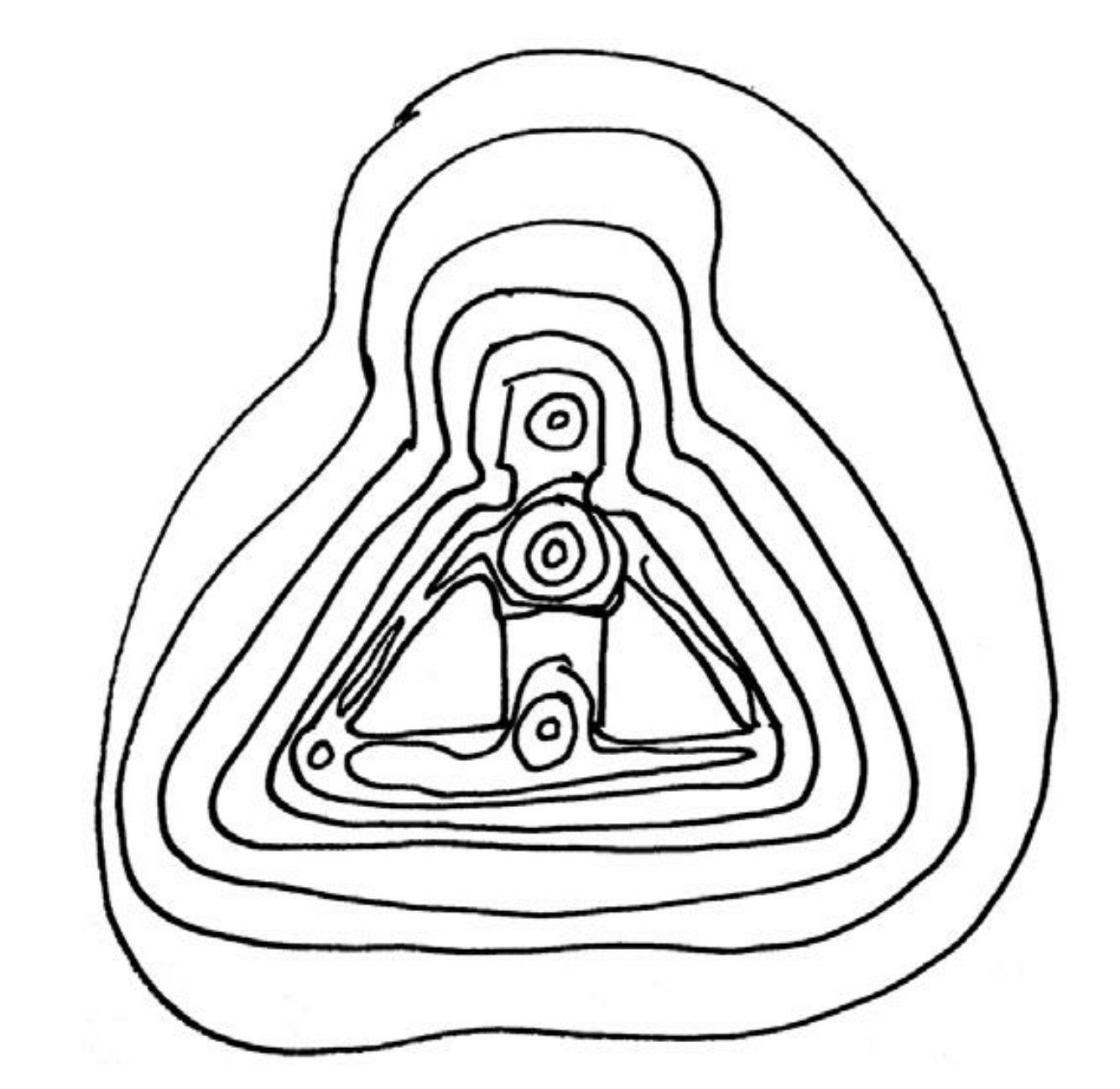
Internal connections
Pranayama deals with breath. Pratyahara deals with our sense organs through which we connect with the outside world, enabling us to make the journey from the outer world to the inner world. Dharana is about awareness and perspective, letting our thoughts come and go without trying to control them. Dhyana is about focus where we, very consciously and actively, get our mind to concentrate on a single object, thing or idea, like chanting. From Dhyana came words like 'zen' in Japan where yoga spread via Buddhism. Samadhi is the process of connecting with the ultimate.
Relationship of body structure to yogic practices
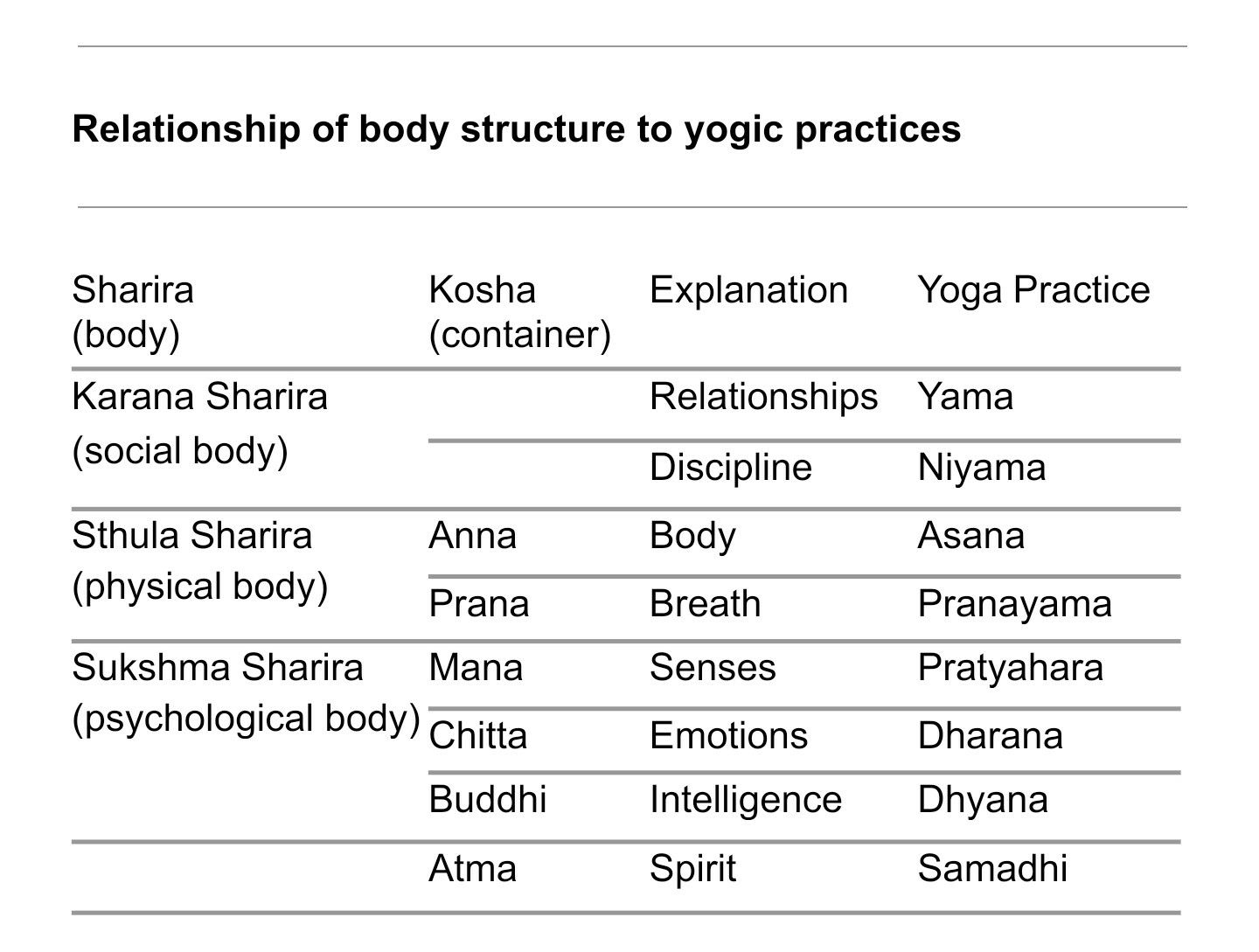
But what is the ultimate? For some it means going back to the primal source, the atma within (jiva-atma), which is eternally tranquil (ananda), unfettered by hunger and fear, and inhabiting the body. For others, it is looping back and reconnecting with the atma without: God (param-atma), nature (prakriti), culture (sanskriti).
The word 'samadhi' is also used for the tomb of saints, because saints are believed to have connected with the divine. They don't die; they simply slip out of their body as a sword slips out of a scabbard. Their body is thus pure, untouched by death. Their tombs then become the focal point where you see the connection between the human and the divine worlds.
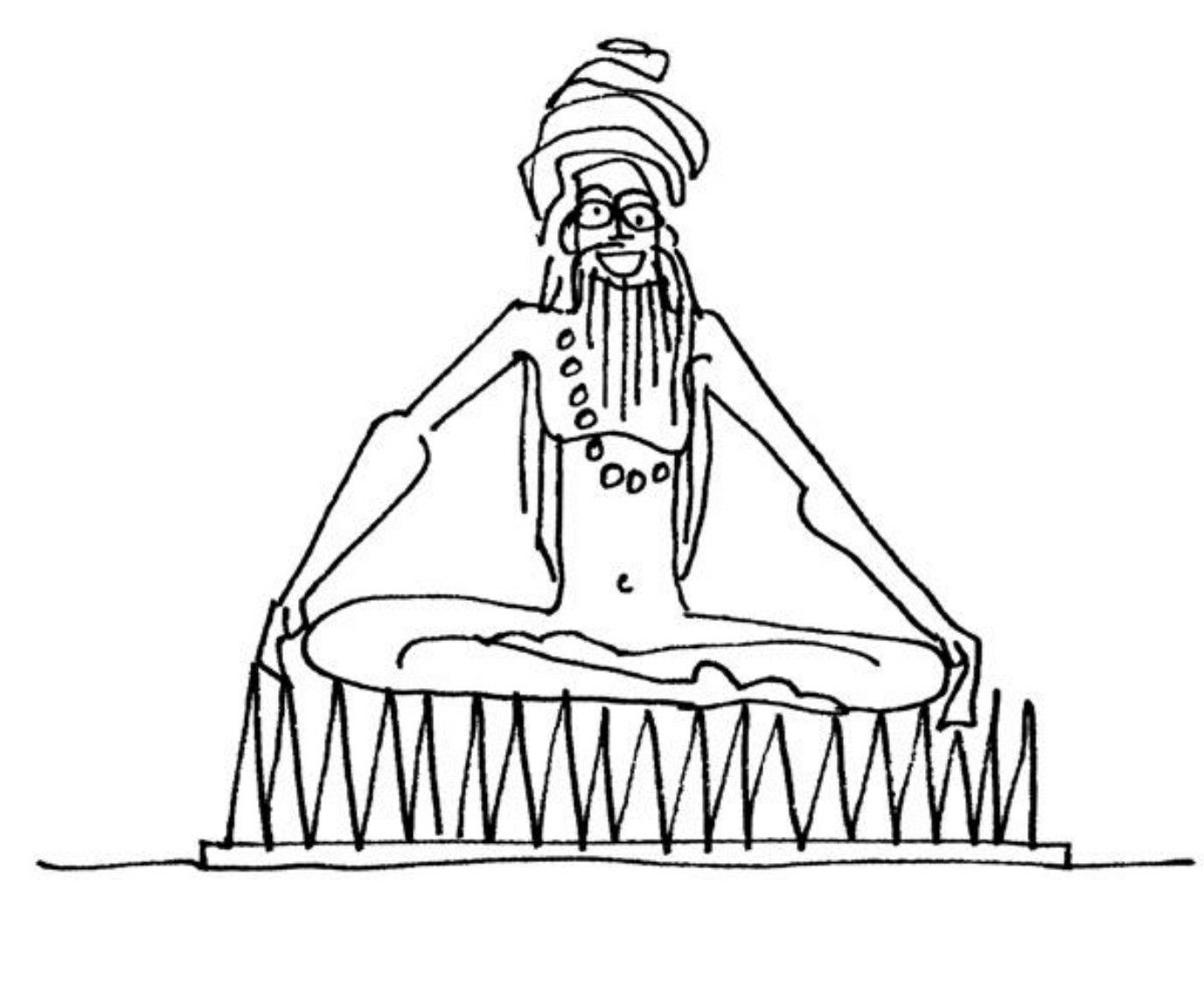
Yogi seated on a bed of nails
Samadhi makes yoga rather mystical. But for many, yoga has an occult side too. The practice of yoga bestows upon the yogi magical powers known as 'siddhi', which enable him to change his shape and size, fly in the air, walk on water, grant children to the childless, and defeat demons and witches. Many an Indian folktale speaks of yogis who are at once mystical and deal with the occult. They can voluntarily leave their body, as if it's a shell, travel around the world and to astral realms, and return at will. Siddhi is linked to semen-power, retaining it and reversing its flow up the spine till it sprouts in the brain, an act described in Tantric texts as the uncoiling of the serpent Kundalini and the opening of lotus-wheels or chakras.
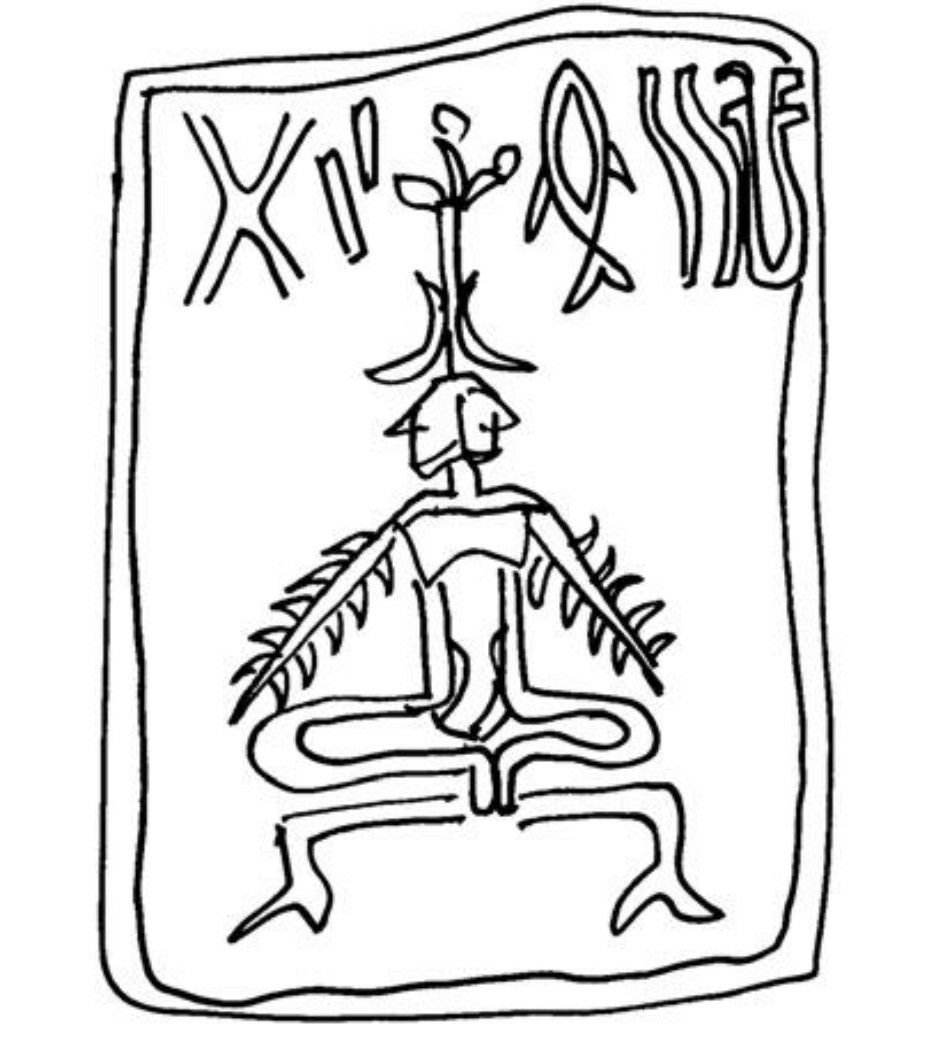
Proto-Shiva on Harappan seal
Yogic postures have been traced to 4000-year-old clay seals from the Harappan period, which depict a man seated in the throne position (Bhadra-asana). The word 'yoga', however, comes from Vedic scriptures composed over 3000 years ago. Initially, yoga referred to connecting the cart to the horse or the ox. Rishis or seers, who preferred to live on the edge of society, and contemplated on the nature of reality, made yoga a metaphor for spiritual practices.
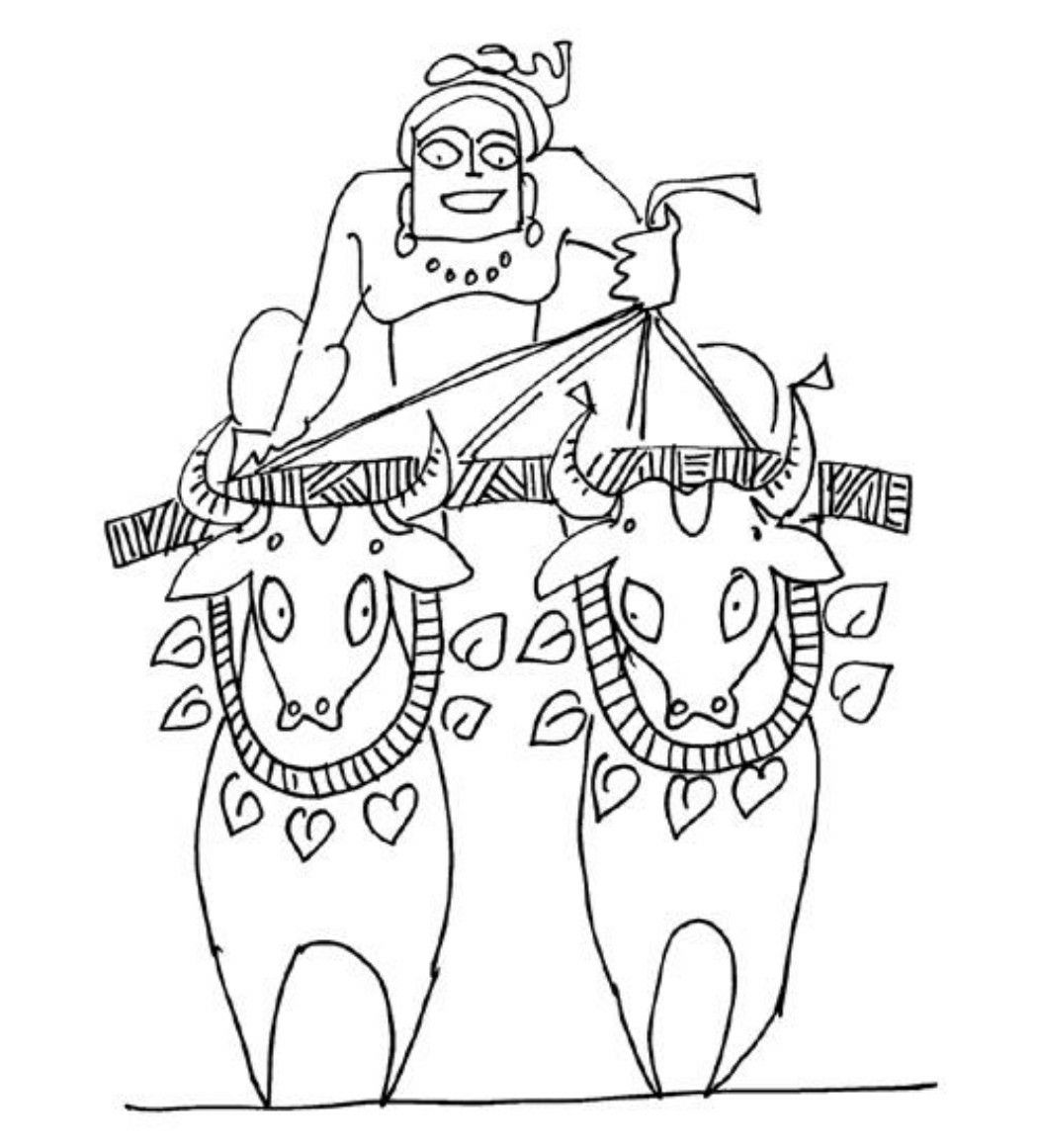
Yoke of a bullock cart
Around 2500 years ago, with the rise of monastic orders ('shramana' in Sanskrit) such as Buddhism and Jainism, the meaning of yoga became more metaphorical as it began to refer to various techniques that enabled monks to break free from the hunger and fear that entraps humans in the wheel of rebirth (samsara). The practice granted oblivion (nirvana) to Buddhists, liberation (moksha) to Hindus, omniscience (kaivalya) to Jains, and supernatural powers (siddhi) to Tantrics of all faiths.
When the Puranic stories of Shiva and Shakti were being composed, around 2000 years ago, the Bhagavad Gita, a dialogue found in the epic Mahabharata, spoke of yoga in devotional and mystical terms. This was later elaborated by Vedanta scholars as involving the union of the individual soul (jiva-atma) with the cosmic soul (param-atma), an idea that is now being popularized by Indian gurus in the West.
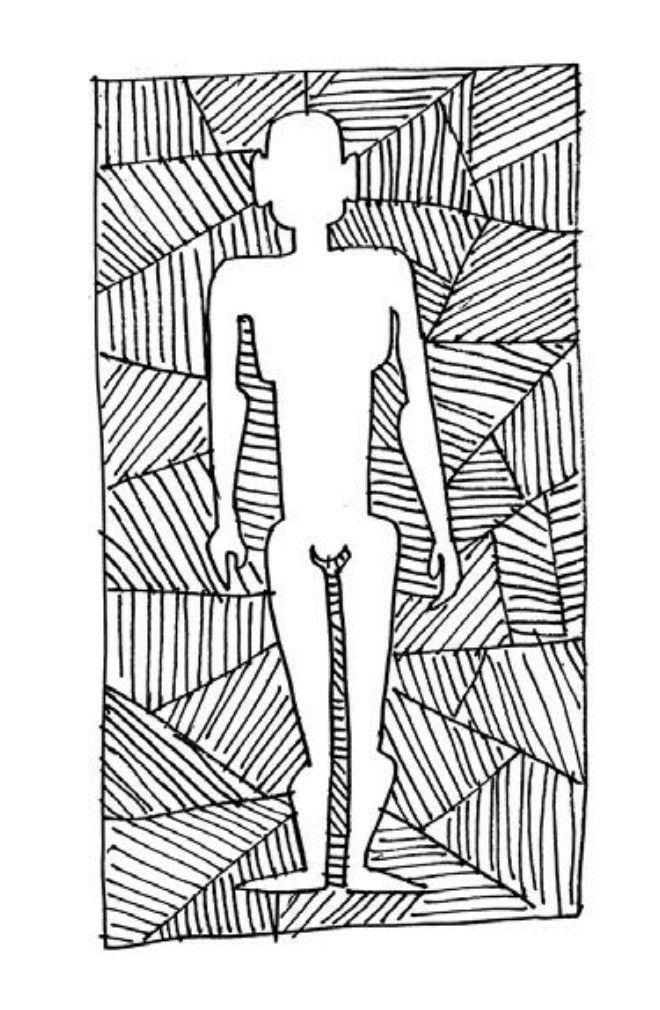
The self, (jiva, atma)
The most popular definition of yoga – chitta vritti nirodha, or unknotting the knots of the mind – was codified about 1500 years ago. It is attributed to Patanjali, whom some see as a historical figure, and others as a mythological figure, as yoga is seen as timeless wisdom, not bound to history or geography. By this time, yoga was linked to tapasya, the practice of churning mental fire (tapa) by hermits. It was also linked to Tantra, occult practices that enabled hermits to control the workings of the cosmos and change the destiny of people. Yoga became not just about wisdom, but also about power.
Nath yogis such as Gorakh-nath who lived around 1000 years ago gave greater emphasis to the physical and the occult side of yoga (siddhi). This was the time when Tantric literature became popular and we find more and more stories of yoginis, who are both enchanting and fearsome. Circular temples with no roofs were built for them, enabling them to fly in and out with ease. Yogis sought to control yoginis who in turn sought to seduce and domesticate them.
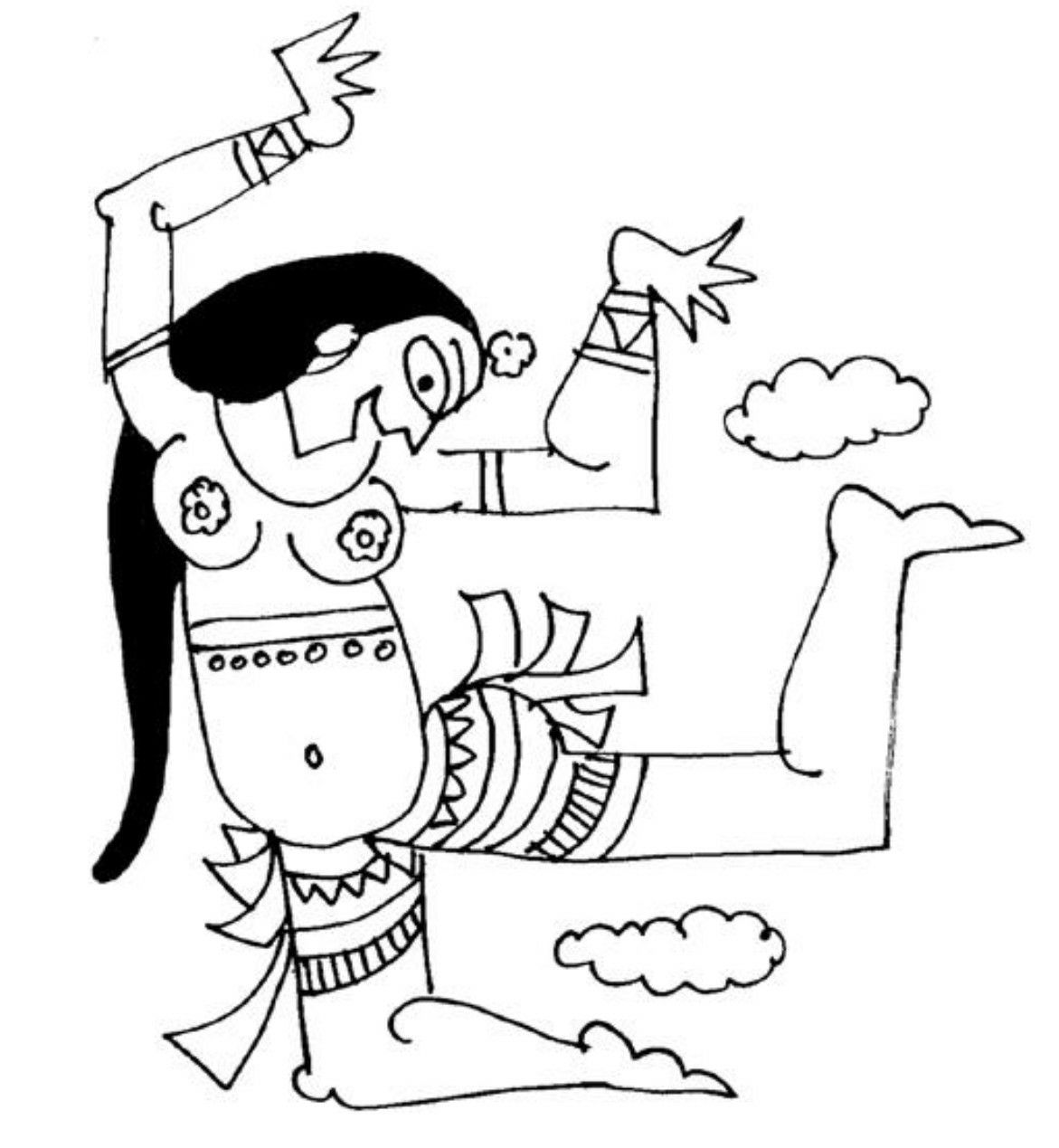
Yogini
Mainstream yoga, as we know it today, was formalized around the late nineteenth century when Indians, ruled by the British, were increasingly exposed to popular European fitness regimes based on gymnastics. Yoga came to be associated more with physical health than mental health. In the West, religious orders viewed it with suspicion as an 'Eastern religious practice', forcing yoga teachers to play down its spiritual, mystical, occult and religious angles.
Over the centuries, despite various historical changes, a world view has persisted, first expressed in Vedic hymns, then in Buddhist, Jain, Vedantic and Tantric philosophies, and finally in Puranic, Agamic and Jataka stories. Using fantastic landscape, plots and characters, this world view is presented where time and space are without beginning, without end, and always changing, where death is followed by rebirth endlessly. It separates the mind from matter, spirit from substance, the subtle from the gross, the formless from the form, the self from the other, the limitless from the limited.

Yogi
It speaks of how the mind becomes knotted because of anxiety and fear caused in life, because life frightens us by making demands of us. We have to find food in order to survive, to nourish ourselves; we have to protect ourselves from danger; we are constantly in a state of freeze, fight or flight. We are seeking things and avoiding things. Yoga is a process by which the knots are untied, enabling us to align ourselves with the true nature of the world, not what we imagine it to be. With this insight, we can break free from hunger and fear, and eventually the cycle of rebirths. We can mystically unite with the cosmos or develop occult powers that help us solve human problems.
To buy this fantastic book, please click on this link Yoga Mythology
Bạn đang đọc truyện trên: Truyen247.Pro